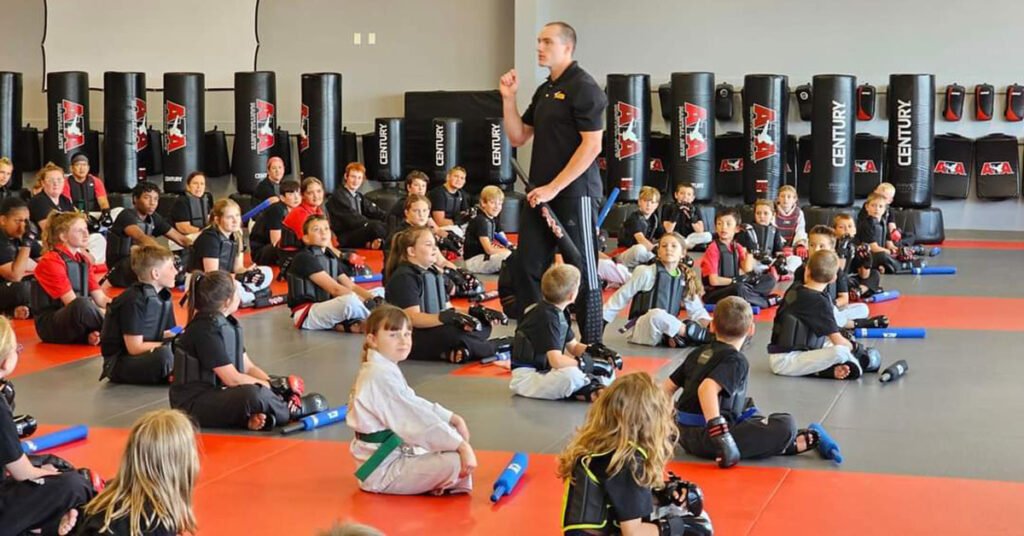As in business, it's all about finding the right person for the role.
by Rick A. Richards
Getting the right people into the right position is the lifeblood of any business or organization. There are dozens of books and classes explaining how to make sure the right people are put in the right job, but there is no way of predicting ahead of time if the person chosen will ultimately meet the expectations laid out in the interview.
For college athletic recruiters, the metrics are pretty much the same. Tom Reiter, associate athletic director at Purdue University in West Lafayette, said coaches do all they can to make sure they're bringing the right person to campus, but it doesn't always work out.
“They're looking to find the right fit,” says Reiter. “Can the person do the work academically? If they can't, then the coach is barking up the wrong tree.
“Can they compete at the level the university wants? Are they an athlete who can compete in the Big 10?”
Beyond that, says Reiter, coaches want to make sure their athletes have good moral character.
“The person can have all the ability in the world to compete, but if they've had problems, then you've got to be careful. If you feel they're not going to be a good fit with the people you already have on the team, you better find someone else,” says Reiter.
He says there are a lot of similarities in recruiting athletes for collegiate sports and in recruiting employees in business.
“There are certain standards that must be met and we need to make sure our athletes have met them,” says Reiter. “Ideally, we require four years of math in order to be admitted to Purdue. Not everyone does, but there at least needs to be a reason why they don't have that.”
One difference between collegiate athletics and the private sector is that recruiting an athlete can take place over several years. Colleges can begin scouting prospective athletes when they are in the eighth grade. “It's part of a learning process to find out what kind of a person they are. It's a courtship.”
In the business sector, prospective employees ask questions about salary and benefits and need to understand what they're required to do. Reiter says it's not all that different with athletes. “They're very similar – one is the environment they're going to work in and the other is the environment they're going to play in.”
But make no mistake, the recruiting process for college athletes is not that dissimilar from a job interview. By accepting a scholarship to play basketball, football, baseball or any other intercollegiate sport, an athlete makes a promise to attend class and keep grades up in order to remain eligible to compete. If they don't do that, then they could find themselves without a scholarship and out of school.
“There are amenities that surround the game for athletes, just as there are for employees of 3M or Westinghouse,” says Reiter.
Valparaiso University Athletic Director Mark LaBarbera says the same philosophy prevails at VU. “We're looking for student/athletes who can make the team better and also be successful students. We also want them to be a part of the campus culture.”
LaBarbera says coaches at VU are careful not to get swept up in any hype about an athlete's ability. “We've seen coaches make that mistake over the years,” says LaBarbera. “One thing our coaches do is if the athlete is interested, we ask them to visit.”
On a visit to VU, prospective athletes meet the team, attend school events and soak in the atmosphere on campus. “Afterwards, we ask our players what they think. If the person isn't a good fit with them, then it's not going to work if they get on campus.”
LaBarbera says prospective athletes learn that their expectations might need to be tempered. “Some of them have been all-state or all-conference selections. Here, everybody has similar accomplishments, so we talk to them about the kind of competition they'll face as they move up the athletic ladder.”
The biggest difference between recruiting athletes and recruiting employees, says LaBarbera, is that prospective workers are older and more mature. They may be just out of college, but at 22 or 23 years old, they are more prepared than many 17- or 18-year-old college recruits.
“We need to find out if they're ready to make that transition from high school to college,” says LaBarbera. “It's all part of a process. Do we feel like our alumni and the school's constituents will be well represented by our recruits? We have a fairly consistent model to work from and what we aspire our students and graduates to be hasn't changed over the years. If a recruit doesn't fit into that model, then they're probably not a good fit for us.”
And while winning is important no matter what the sport, LaBarbera says Valparaiso University's number one goal is to make sure all their athletes graduate.
J.D. Campbell, an assistant athletic director at Indiana University in Bloomington, says the first priority for IU is finding people who are the “best fit academically, athletically and socially. They have to fit in with our system.”
Campbell says there are similarities between college recruiting and business recruiting, but both operate under different rules. “In the business world, the rules are set by government and the business; in our recruiting, we have to follow the rules set by the NCAA.”
Those rules prohibited each of the colleges in this story from talking about specific recruits and showing photos of recruits who were visiting the campus.
“We have a system where every coach in every sport communicates directly with our staff every day,” says Campbell. “We underscore the importance of that to them and we expect them to tell their recruits that they have a responsibility to represent themselves and the university in a socially acceptable manner.”
At the University of Notre Dame, assistant director of athletics Bernadette Cafarelli says there are specific guidelines in place about meeting academic standards. “We want the person to fit the athletic needs because our goal is to win national championships. But we want to do that in a university framework where our athletes thrive in the classroom and on the athletic field.”
Cafarelli says all athletes at Notre Dame are taught what the school stands for in the community and that they are expected to meet those standards. “Frankly, at Notre Dame, we hold our athletes to a higher standard. When we look at their ability, it may be great, but they may not be a great fit on the campus side. They may not mesh with the team or not fit in with the team dynamic.”
In those cases, Notre Dame moves on. Cafarelli says it's a lot like a business looking for the right person to become part of sales or design team. Ability is important, but the ability to enhance the workplace also plays a big role.
A key component in Notre Dame's recruiting effort is working with a prospective athlete's parents. “Our coaches are recruiting the parents as much as they the athlete,” says Cafarelli. “We explain Notre Dame's reputation to the parents and make sure they know what the university's expectations are for their child. Those expectations are to show up at practice and at games and maintain their grades.”
Cafarelli says that sounds straight forward, but in exchange for a scholarship that pays for an athlete's education, athletes need to understand they will have to make sacrifices. They might not be able to go to a dance or a social event because of their athletic and academic obligations.
“There are trade-offs here, just like there are in the private sector,” says Cafarelli.



